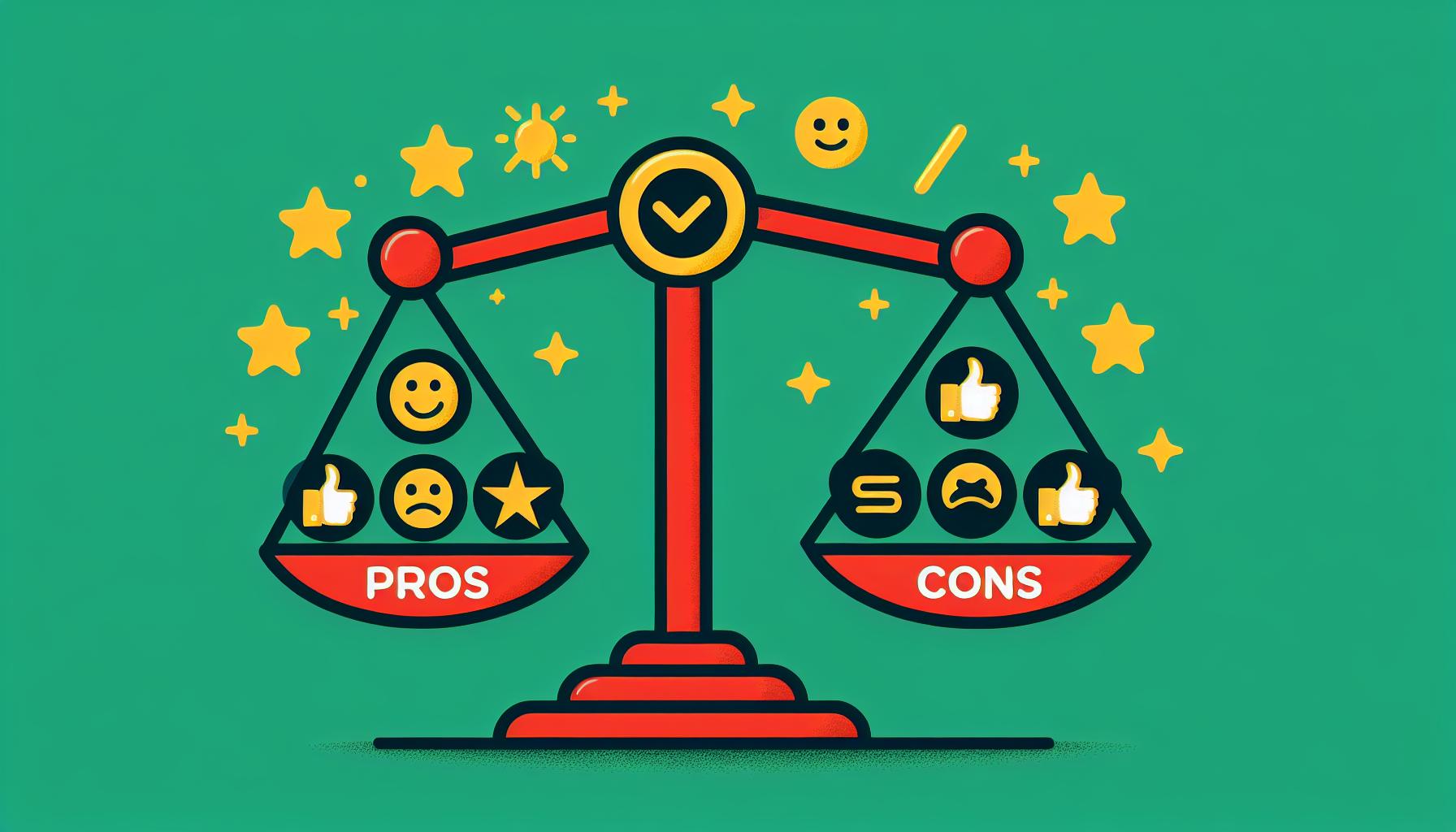In today’s digital age, the terms “eLearning platform” and “LMS” (Learning Management System) often get tossed around interchangeably. But did you know they serve different purposes? Understanding these differences can help you make informed decisions for your educational or training needs.
An eLearning platform typically offers a comprehensive suite of tools for course creation, delivery, and management. On the other hand, an LMS focuses more on tracking and reporting learners’ progress. Whether you’re an educator looking to engage students or a corporate trainer aiming to streamline employee development, knowing which system suits your goals can save time and resources.
Ready to dive deeper into what sets these two apart? Let’s explore their unique features and how they can elevate your learning experience.
Basics Of eLearning Platforms And LMS
Understanding the basics of eLearning platforms and Learning Management Systems (LMS) is crucial for selecting the right tool. Both systems offer unique features that cater to different educational needs.
Definition Of eLearning Platforms
eLearning platforms are comprehensive solutions that facilitate the creation, delivery, and management of online courses. These platforms enable you to design interactive content, upload multimedia resources like videos and quizzes, and manage course enrollment.
Definition Of LMS
A Learning Management System (LMS) focuses on tracking and reporting learners’ progress. It organizes educational content, monitors user performance through assessments, generates detailed reports on learner activities, and often supports compliance training.
By understanding these definitions, you can choose a system that aligns with your specific learning or training objectives.
Key Differences Between eLearning Platforms And LMS
Understanding the differences between eLearning platforms and LMS helps you choose the right solution for your needs. Here’s a detailed comparison:
1. Functionality And Flexibility
eLearning platforms offer tools for creating, delivering, and managing courses. For instance, they enable video lessons, quizzes, interactive content, and course enrollment management. These platforms cater to a broad audience with various learning formats.
In contrast, LMS focuses on organizing educational content and tracking learners’ progress. Features include user performance monitoring, detailed reporting, and compliance tracking. They’re ideal for structured learning environments like schools or corporate training programs.
2. Accessibility
eLearning platforms provide wide accessibility options to accommodate diverse learners. They often support mobile access through dedicated apps or mobile-friendly websites, allowing users to learn anytime from anywhere.
LMS also offers accessibility but typically prioritizes secure access within an organization’s network. They may integrate with Single Sign-On (SSO) systems and adhere to strict data security protocols suitable for institutional use.
3. Tracking, Reporting, And Analytics
eLearning platforms include basic analytics to track course completion rates and engagement metrics. They help instructors refine their content based on learner feedback but may lack in-depth analysis.
LMS excels in tracking comprehensive data on learner performance over time. Features include generating custom reports on grades, participation levels, course completion dates, and more complex analytics necessary for evaluating long-term educational outcomes.
4. Pricing
Pricing models differ significantly between eLearning platforms and LMS. eLearning platforms usually adopt subscription-based models or charge per course enrollment.
Conversely, LMS providers often use tiered pricing based on the number of users or features needed;
Choosing Between eLearning Platforms And LMS

Choosing between an eLearning platform and an LMS depends on your specific needs. Each system offers unique features catering to different educational or training environments.
Factors To Consider
Evaluate the primary purpose of the system. If you aim to create interactive courses with multimedia content, an eLearning platform suits this goal better. For instance, Coursera and Udemy offer extensive tools for video lectures, quizzes, and peer assessments.
Assess the importance of tracking learner progress. An LMS excels in monitoring user performance and generating detailed reports, essential for corporate training or academic institutions needing structured oversight. Moodle and Blackboard exemplify robust tracking capabilities.
Consider accessibility requirements. If mobile access is crucial for your audience, favor eLearning platforms known for their responsive design. Conversely, if secure access within organizations is paramount, prioritize LMS solutions offering stringent security protocols.
Review pricing models relative to your budget constraints. eLearning platforms often use subscription plans that can scale with usage intensity; examples include monthly or annual fees based on content consumption levels. On the other hand, LMS providers may have tiered pricing structures linked to user count or feature sets.
Use Cases For eLearning Platforms
eLearning platforms are ideal for individual educators creating standalone courses accessible globally. They serve online course marketplaces effectively where diverse subjects attract varied audiences seeking flexible learning options.
These platforms also benefit businesses by providing employee development programs without requiring rigorous compliance tracking but emphasizing skill enhancement through engaging content delivery methods
Use Cases For LMS
LMS systems are optimal for corporates managing comprehensive training programs across multiple departments where consistent performance tracking is necessary. Their ability to organize vast amounts of content supports structured learning paths efficiently.
Corporations implementing formal training programs benefit from using an LMS because it can ensure regulatory compliance through detailed reporting mechanisms—essential in sectors like healthcare or finance where adherence to standards is critical.
Government agencies conducting mandatory training sessions leverage the robust security features of an LMS to maintain data integrity and confidentiality while delivering uniform educational materials across various branches or locations.
By understanding these distinctions and evaluating your requirements against these factors and use cases, you’ll make informed decisions aligning with your educational goals or organizational objectives.
Final Thought
Choosing between an eLearning platform and a Learning Management System depends on your specific needs. If you want to create engaging, interactive content for a broad audience, an eLearning platform might be your best bet. For those who need robust tracking and reporting features within a structured learning environment, an LMS like Bytecasting is more suitable.
Consider factors like the primary purpose of the system, the importance of tracking progress, accessibility requirements, and pricing models. Each option has its strengths and potential limitations; understanding these will help you make the best decision for your educational goals or organizational objectives. Make sure to evaluate your unique requirements thoroughly before making a choice.

